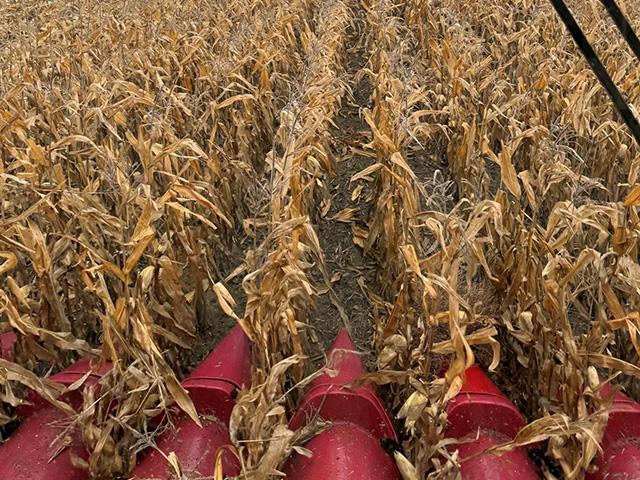
The 2023 corn harvest isn't quite finished, but the results are mostly favorable, even above average in spots, given the poor weather in the spring and summer.

The 2023 corn harvest isn't quite finished, but the results are mostly favorable, even above average in spots, given the poor weather in the spring and summer.
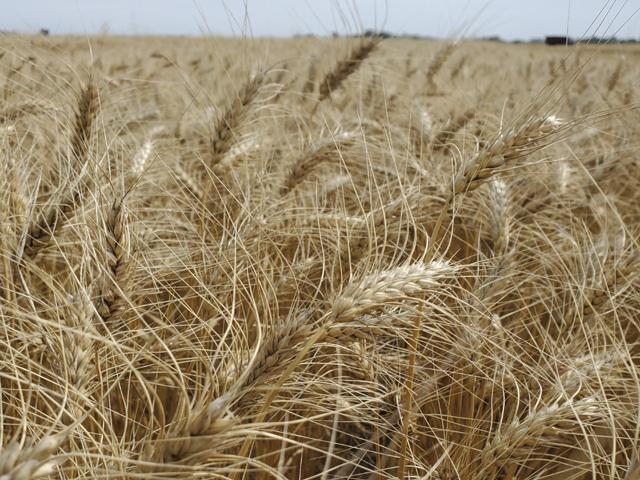
North Dakota Wheat Commission released their annual spring wheat and durum crop quality reports, breaking down every aspect of each crop for exporters and mills to reference.

The Panama Canal operates by water flowing from the Chagres River, a stream in Panama forming part of the Panama Canal system, into Gatun Lake, which continues to fall due to ongoing drought.

After seven days of strike action, the union representing the striking Seaway workers finally reached a tentative agreement late in the evening Oct. 29.
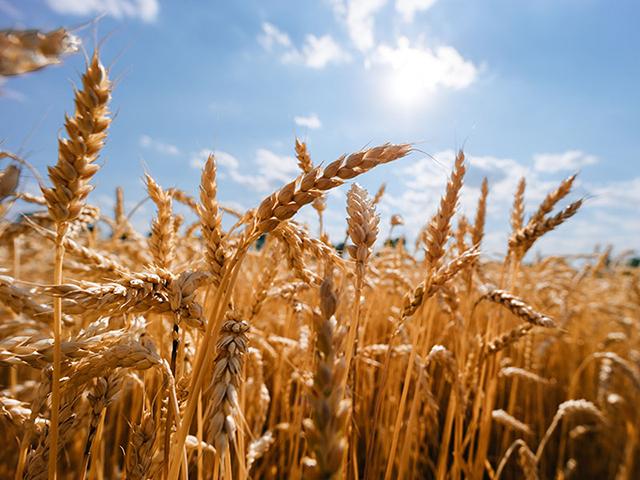
U.S. Wheat Associates released their soft red winter quality report showing the 2023 crop produced a No. 1 grade overall.
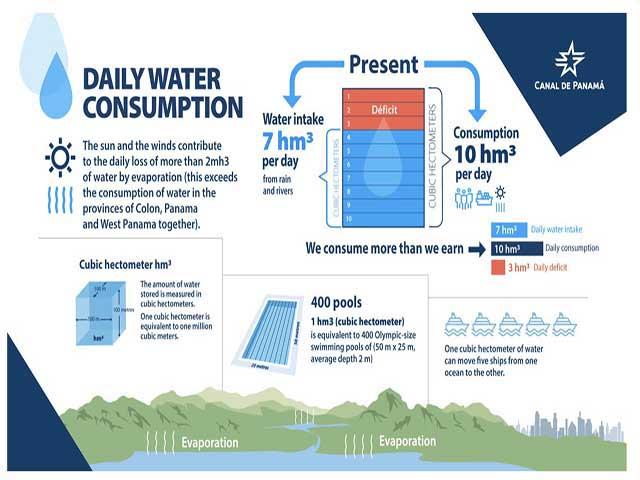
As the drought worsens in the Panama Canal, new restrictions have been placed, while the low water levels in the U.S. River system continue to cause headaches for shippers.
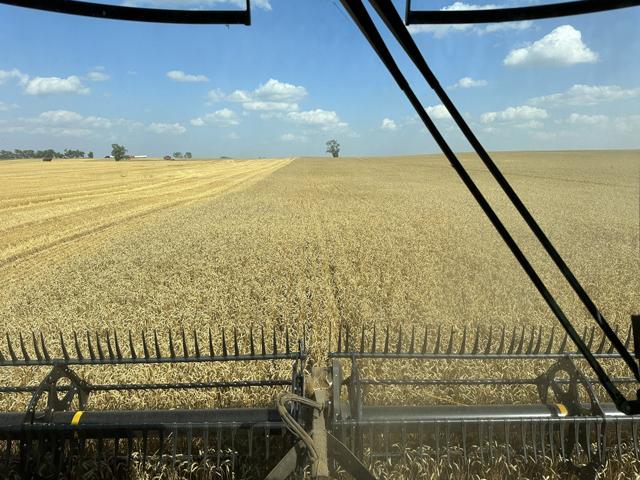
Late-spring snow and a hot, dry summer concerned spring wheat and durum growers, but the end result surprised many.

The water levels at some gauges on the Lower Mississippi River are already worse than last year at this time and a saltwater wedge is intruding farther upriver toward Louisiana than last year.
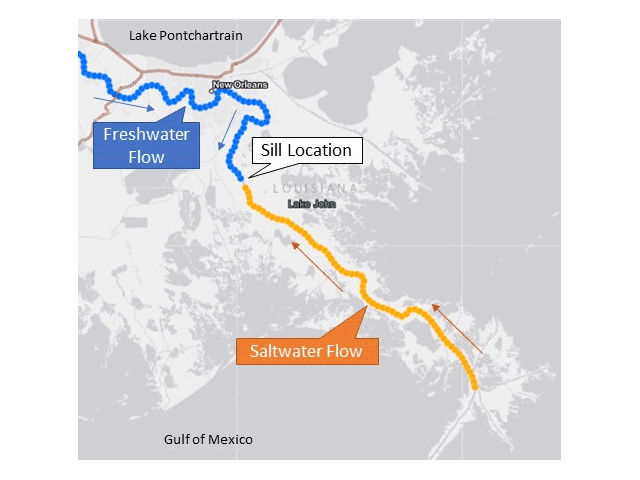
The low water in the Mississippi River has caused salt water from the Gulf to breach the river, threatening the drinking water supply in certain Louisiana parishes. Midweek, President Biden declared a Federal Emergency Declaration due to the severity of the current situation.
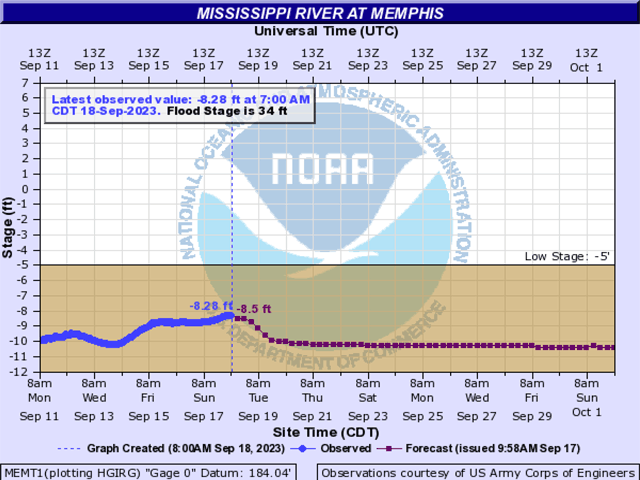
River levels are already lower than they were a year ago, causing higher barge costs and slowdowns for barges at harvest time.
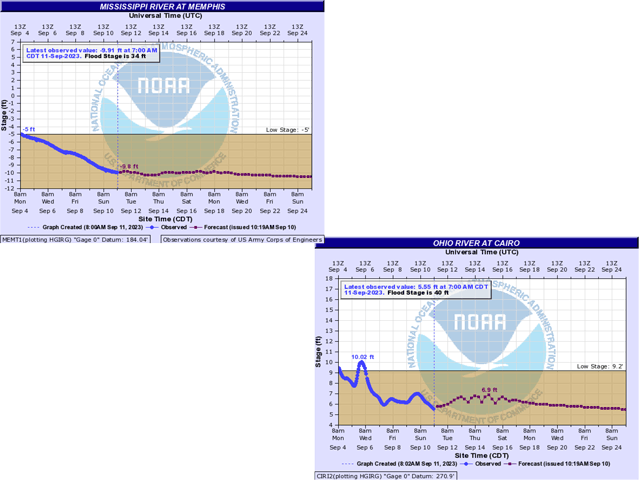
River levels at Cairo, Illinois, and Memphis, Tennessee, are already lower than last year at this time.

The Surface Transportation Board issued a notice of proposed rulemaking focusing on providing shippers with access to reciprocal switching as a remedy for poor rail service.
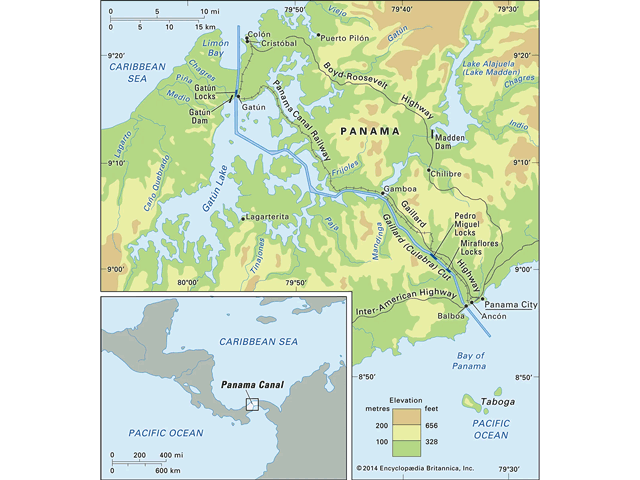
A lack of rain in Panama has created an ongoing drought, causing the Panama Canal to back up with ships waiting to transit.

One year ago, the Lower Mississippi River experienced a severe drought that nearly stopped all barge traffic.

In June, the STB filed a preliminary injunction calling for BNSF to restore and maintain adequate coal transportation service for the Navajo Transitional Energy Company LLC's Spring Creek mine.
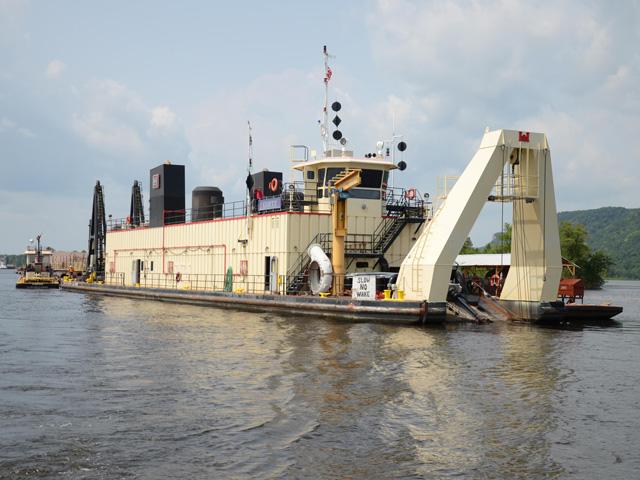
During the near catastrophic low water levels last fall, dredges worked nonstop to keep a channel open in the Lower Mississippi River for barges to pass through.
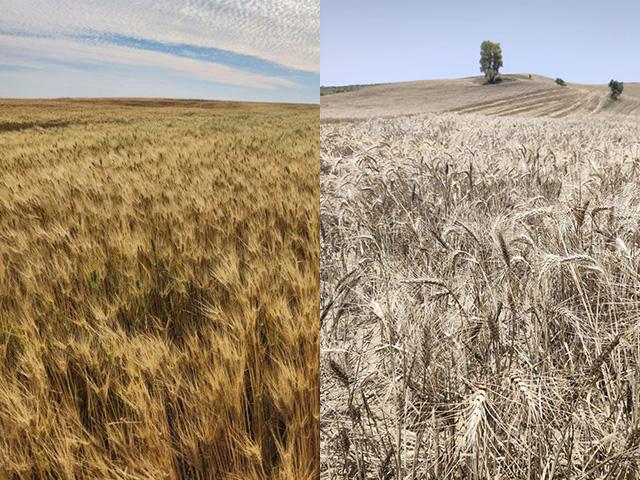
Given the severe drought conditions in parts of Canada and the U.S., it is likely the 2022-23 durum crop may yield lower than expectations.

Hard red winter wheat harvest in Kansas typically begins in early to mid-June and is complete by mid-July, but that hasn't happened this year as the harvest is behind average.
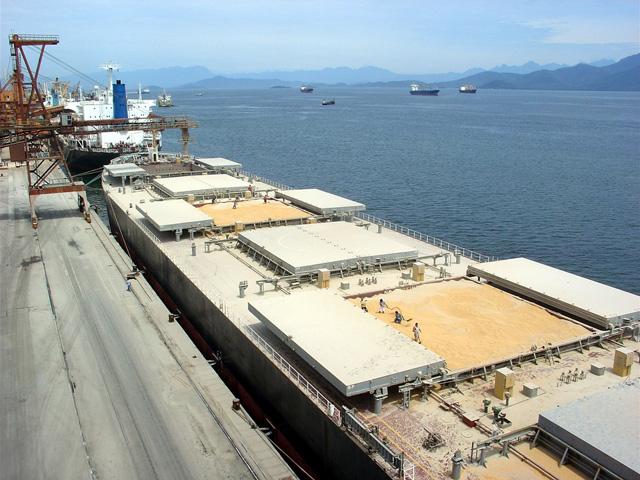
A joint press conference hosted by the National Corn Growers Association and the U.S. Grains Council on July 12 discussed Brazil surpassing the U.S. on corn exports this marketing year given its large crop.
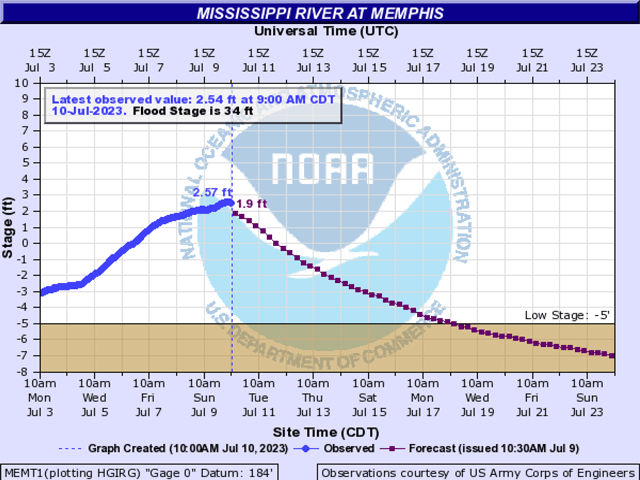
The Mississippi River is feeling the effects of heat and drought in key areas. Also suffering is a key river in Germany and the Panama Canal Lake.
DIM[2x3] LBL[columns-cash-market-moves-list] SEL[[data-native-ad-target=articleList]] IDX[1] TMPL[news] T[]